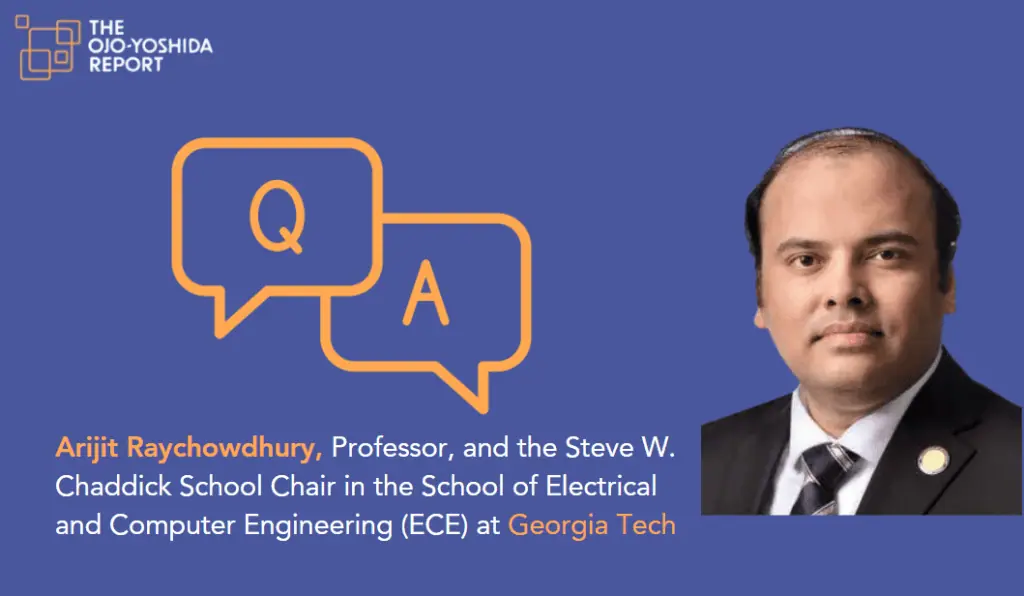
In collaboration with Nvidia, Georgia Tech is launching an artificial intelligence supercomputer hub, called AI Makerspace, a facility dedicated exclusively for undergraduate students with wide-ranging interests.
The key word here is “undergraduate.”
While Georgia Tech’s PhDs and postdocs already have access to AI supercomputers, Georgia Tech’s goal is to help younger students – whether majoring in engineering or in liberal arts – to become more AI-literate, offering hands-on experience while building a knowledge base for students to explore both the potential and limitations of AI.
The school hopes to expand access to the AI marketplace over time beyond the academy, providing supercomputer access to historically black colleges and universities in the community, and to local high school students.
Society today is at a critical juncture. Many scholars, opinion leaders and even ordinary consumers are concerned about a future that might put their lives and society at large at the mercy of an artificial intelligence tsunami progressing at blazing speed.
Georgia Tech faculties believe that the earlier the students are exposed to AI, the better prepared they will be.
Arijit Raychowdhury, professor in the School of Electrical and Computer Engineering at the Georgia Institute of Technology and the Steve W. Chaddick School’s Chair, said, “I feel that we are trusting AI without understanding the limitations of AI.” He explained, “What we mean by AI is essentially a set of mathematical rules that are defining what we currently see as a black box. So the more we can unravel what’s going on in the black box of AI, the better understanding we will have over how it actually works and what the limitations are.”
One of the most provocative statements by Raychowdhury during our podcast was:
…I think we [Georgia Tech] were one of the first schools that said that if students want to apply to Georgia Tech, and they want to use a generative AI to write their college essay, we are fine with it, not only are we fine with it, we embrace it, but just use it rightly acknowledged, make sure that you understand why you’re using it. So, our goal here is to make sure that the students understand that. You can use all these AI tools, but there are some caveats.
But, is Georgia Tech really prepared to help students use artificial intelligence with the right AI safeguards? There’s been much discussion, but little consensus.
Raychowdhury acknowledged, “As a society, we don’t understand what the limitations are. So, I think we are also learning as we are teaching.”
He added that faculty members, working in the cutting edge of AI, are leading some of these conversations on campus. Collaboration with technology industries is important, he noted. Nvidia, for example, creates “software containers where you would be able to use domain knowledge in a very specific area – which helps build guardrails.”
We’ve found our chat with Rayshowdhury truly informative. Take a look and give it a listen!
Junko Yoshida is the editor in chief of The Ojo-Yoshida Report. She can be reached at [email protected]
Copyright permission/reprint service of a full TechSplicit story is available for promotional use on your website, marketing materials and social media promotions. Please send us an email at [email protected] for details.
